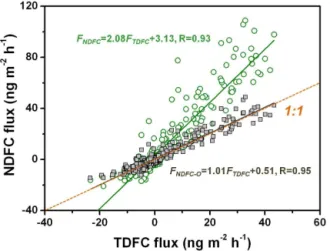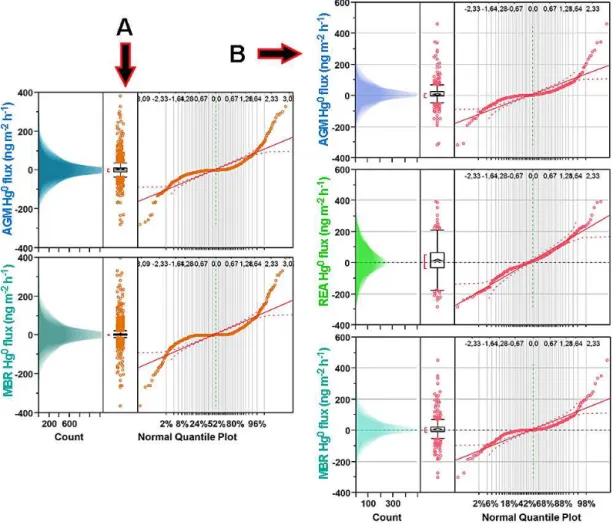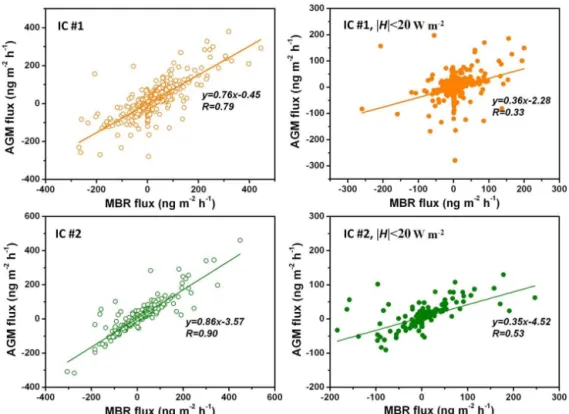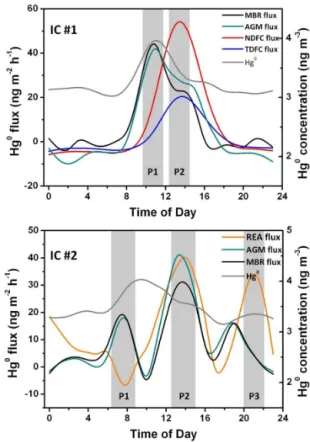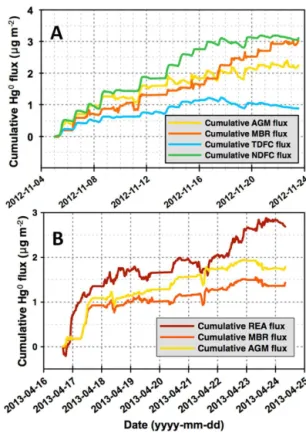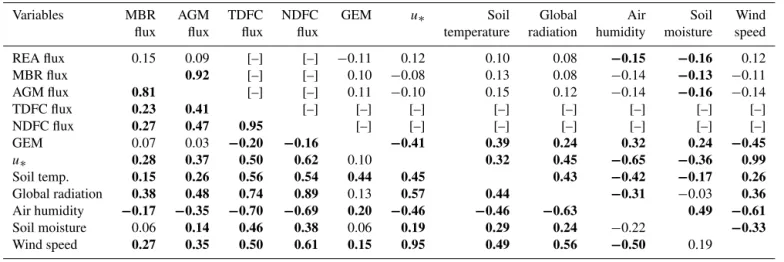Mercury vapor air–surface exchange measured by collocated micrometeorological and enclosure methods – Part I: Data comparability and method characteristics
Texto
Imagem
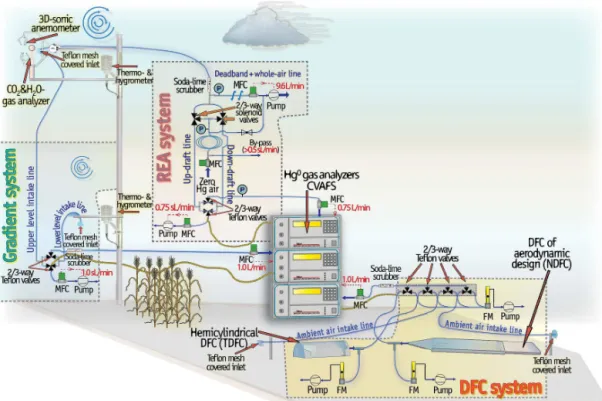
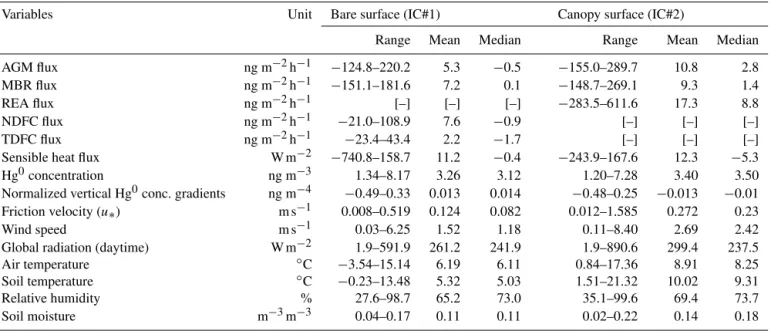
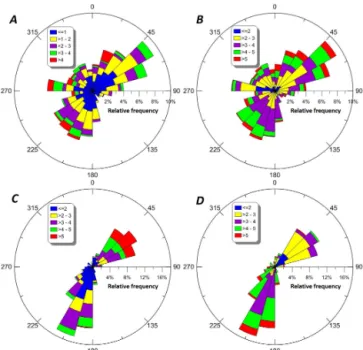
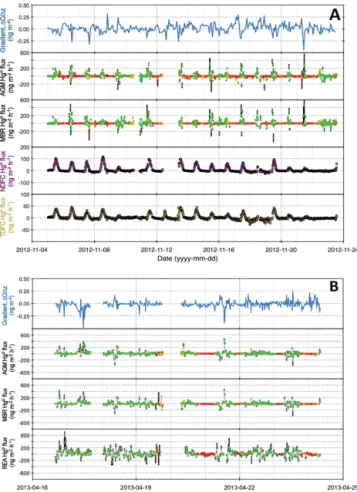
Documentos relacionados
We evaluated the nested-grid model against a series of obser- vations in North America including Hg wet deposition from the Mercury Deposition Network (MDN, 2011), near sur- face
Since only anthropogenic emis- sions contribute to the emissions of oxidized mercury, sig- nificant overprediction of surface air concentrations of Hg 2+ and Hg p and wet deposition
Yellow Sea during the cruise in July 2010, we investigated the distribution of Hg (GEM in the atmosphere, total Hg, reactive Hg and DGM in the water) in the Yellow Sea and
The very high RGM concentrations at both coastal sites could be influenced by the local production of oxidized gaseous mercury species over the Antarctic continent or by shelf
A highly sensitive, selective and rapid method for the determination of mercury based on the rapid reaction of mercury(II) with 5-( p -aminobenzylidene)-thiorhodanine (ABTR) and
Mercury Speciation in Urban Landill Leachate by Cold Vapor Generation Atomic Absorption Spectrometry using Ion Exchange and Amalgamation..
Using Bayesian inversion methods, we are able to constrain present-day mercury emission fluxes from major sources (emis- sion inversion) and relevant key parameters in
Integrated atmospheric mercury depletion event frequency ( F AMDE ; coloured bars) and mean gaseous elemental mercury (lines), as a function of temperature, wind speed, wind
